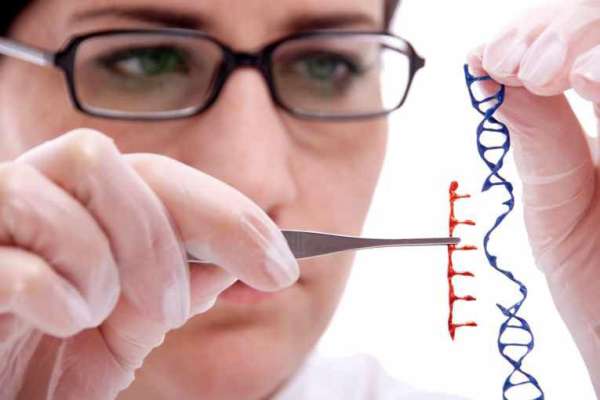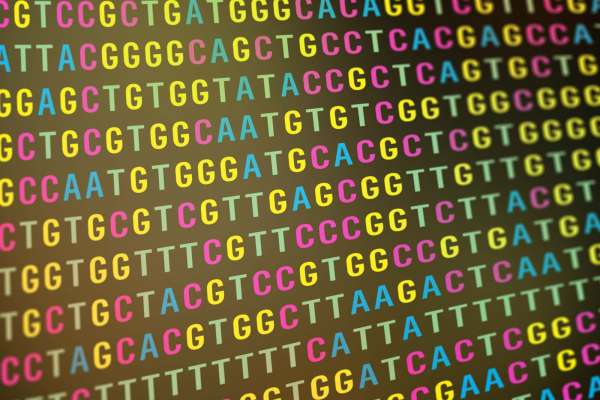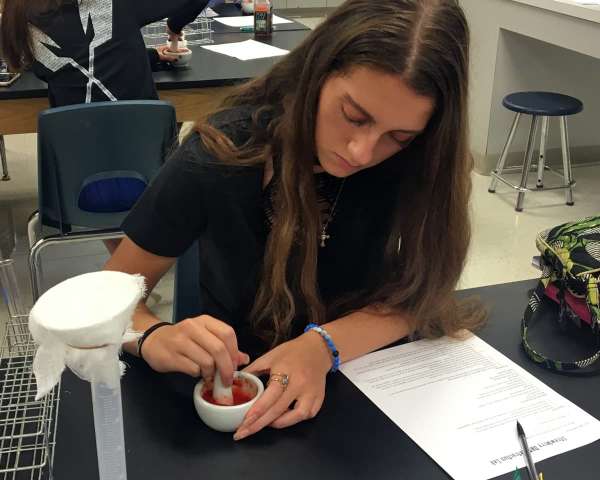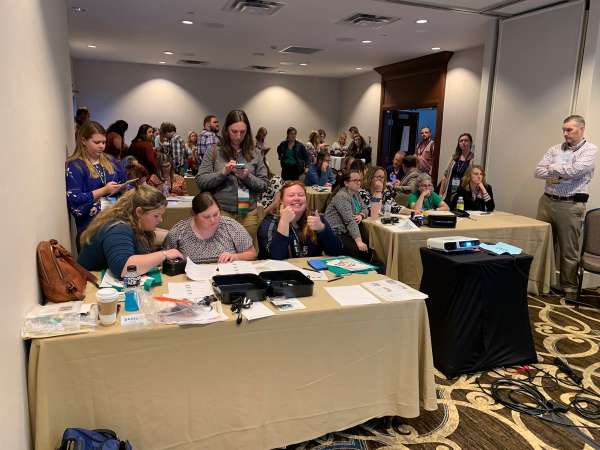GMOs: What do you know? Breakout
Lessons
# Food Evolution
Students view a video that gives an overview of the controversy surrounding GMOs and food.
Files
# Introduction to breakout
Students are introduced to the procedure to unlock locks and clues used to solve the breakout. Teacher instructions for preparing the activity are included.
Files
# Puzzles and handouts
Files
Teacher background
Breakout or escape rooms are popular forms of entertainment that use the varied knowledge and talents of a team of people to solve clues, hints, and strategy to “escape” from a locked room or series of rooms. In this adaptation, students are presented with four puzzles to solve that will allow them to reveal what they know about GMOs. The clues and card sort are based on research from credible sources (included in the teacher preparation and card sort presentation).
Genetic modification is a topic that is surrounded by many myths that have been perpetuated on social media and people have strong opinions and emotions about them. However, the science of genetic modification is based on researched technology. A report from the National Academy of Science has been published that gives evidence there has been no harm to human health due to the use of genetic modification. Another misconception is the number of genetically modified crops and produce. People think that most produce in the grocery aisle is genetically modified, but there are only 10 crops that are in the United States. This activity is meant to increase student awareness of the facts about genetic modification and help them to understand product labeling.
Next gen science standards
Science and engineering practices
- Analyzing and interpreting data
- Constructing explanations (for science) and designing solutions (for engineering)
- Engaging in argument from evidence
Crosscutting concepts
- Structure and function
- Stability and change
Disciplinary core ideas/content
- LS3A Inheritance of traits
- LS3B Variations of traits
- ETS2A Interdependence of science, engineering and technology
- ETS2B Influence of engineering, technology and science on society and the natural world






Share this